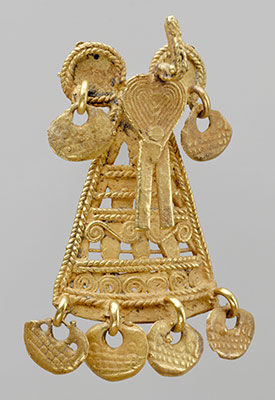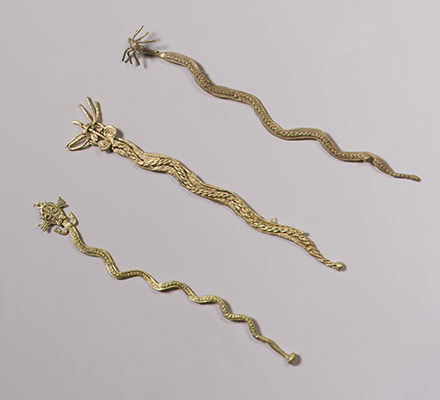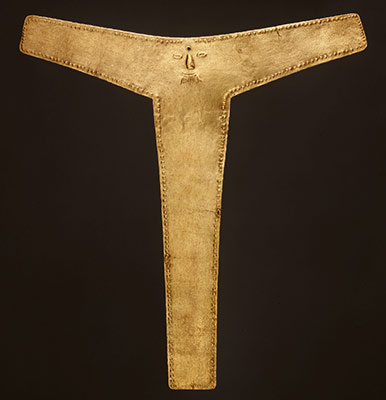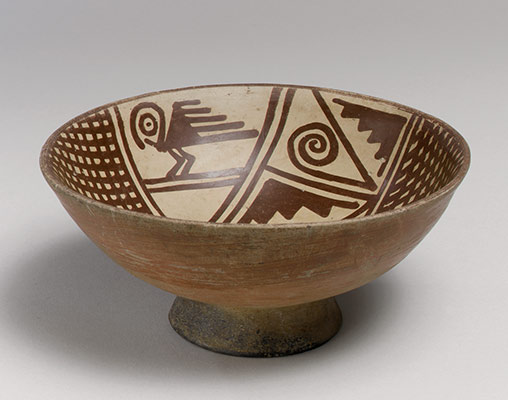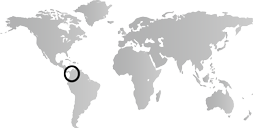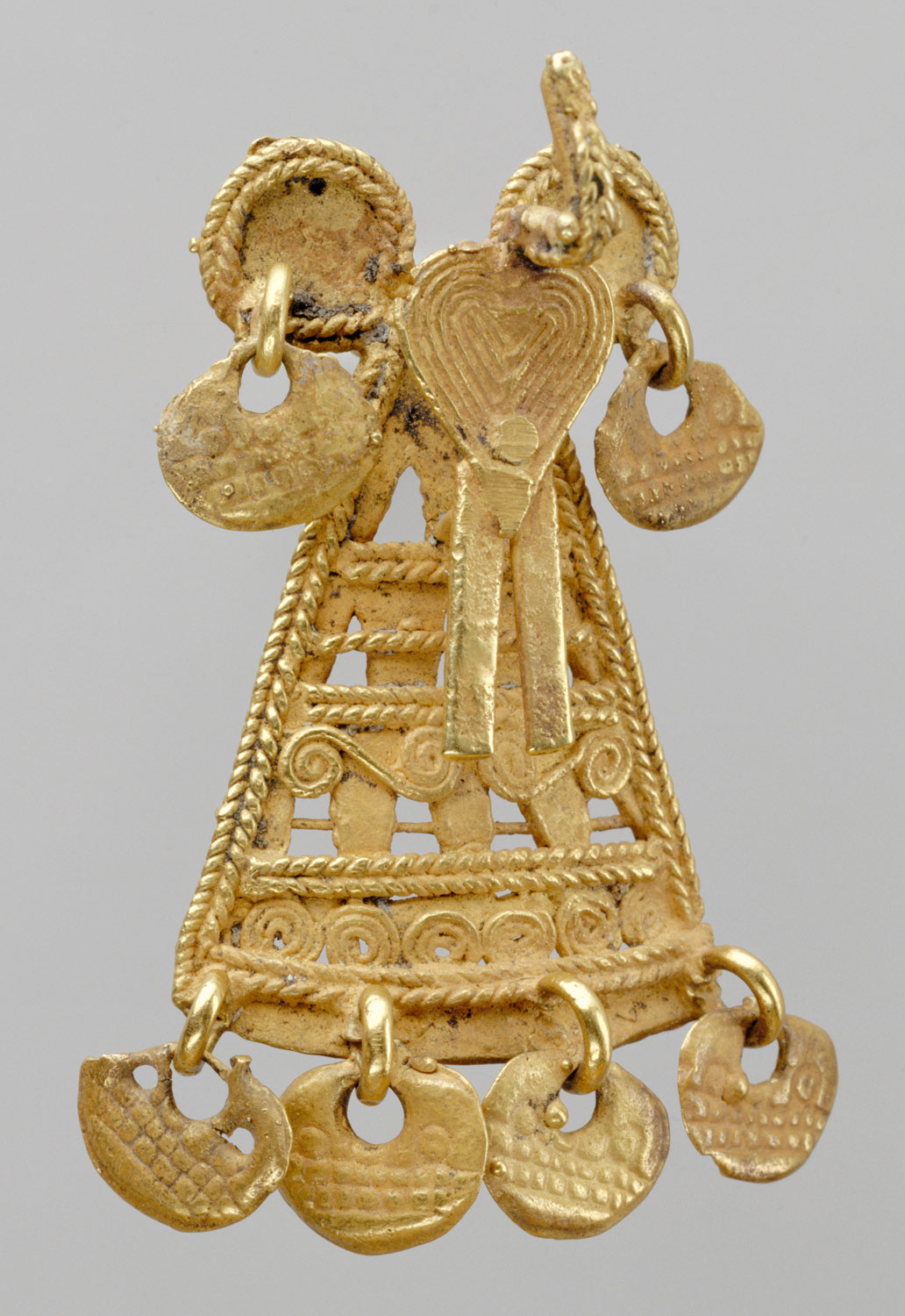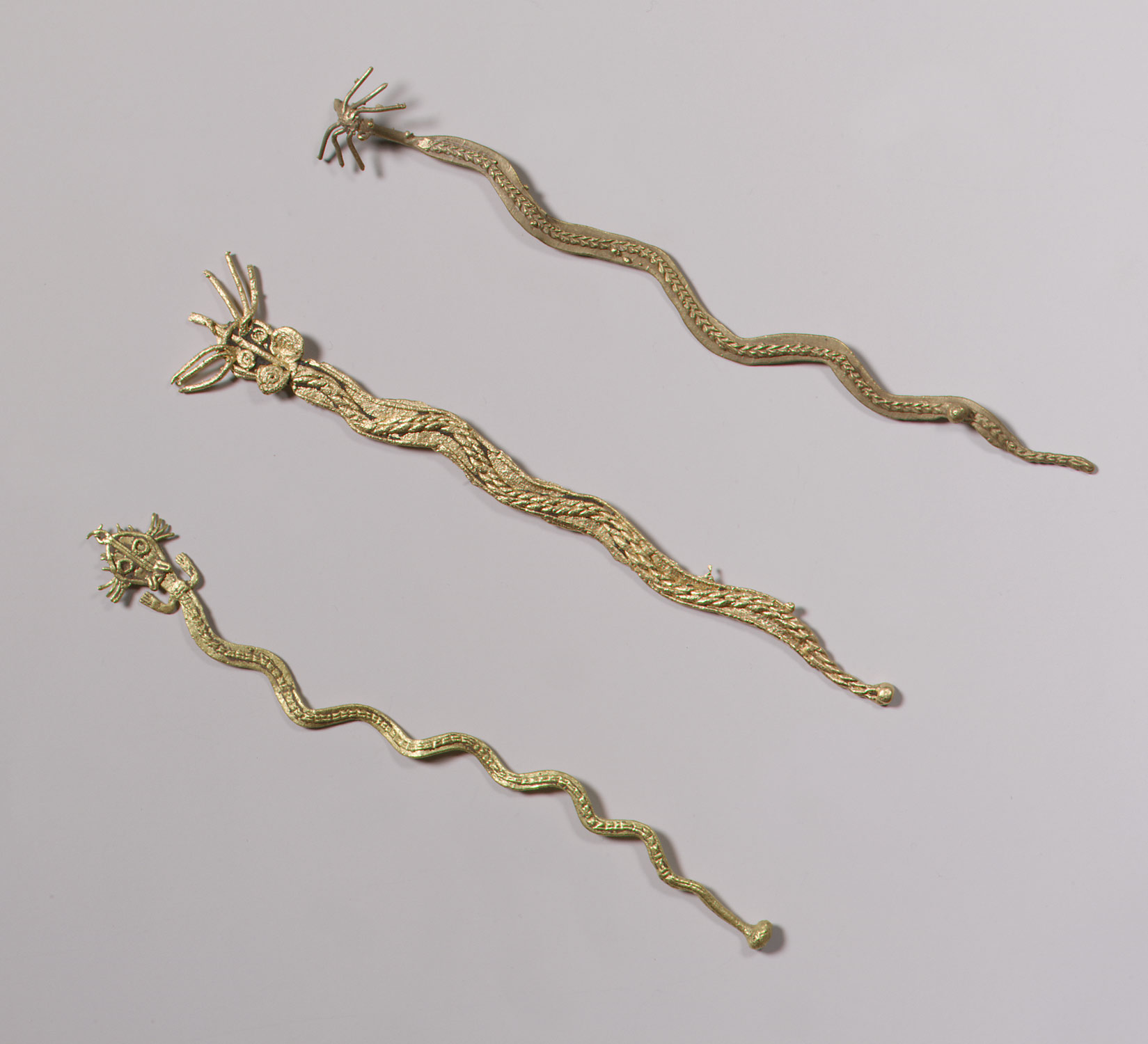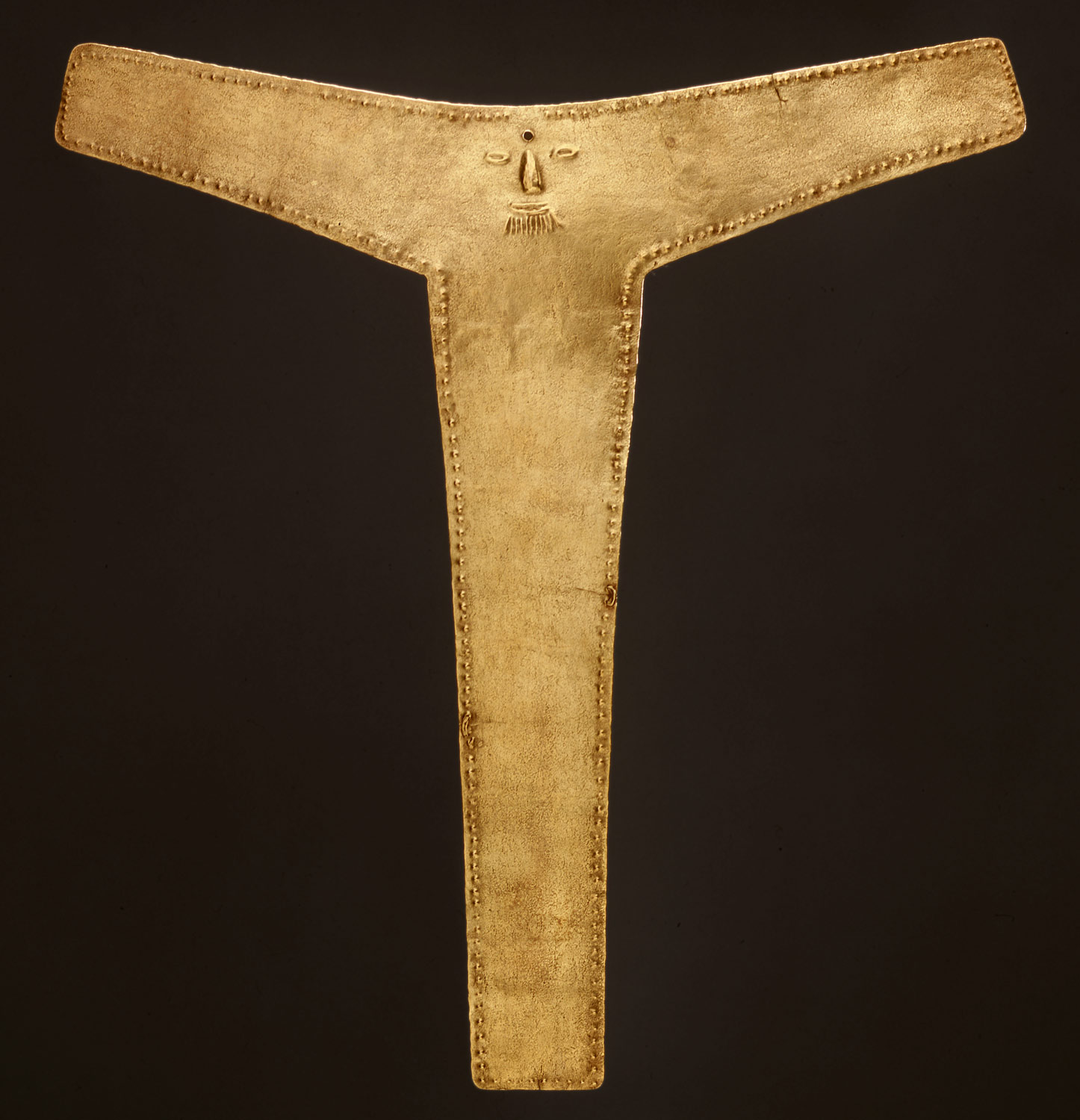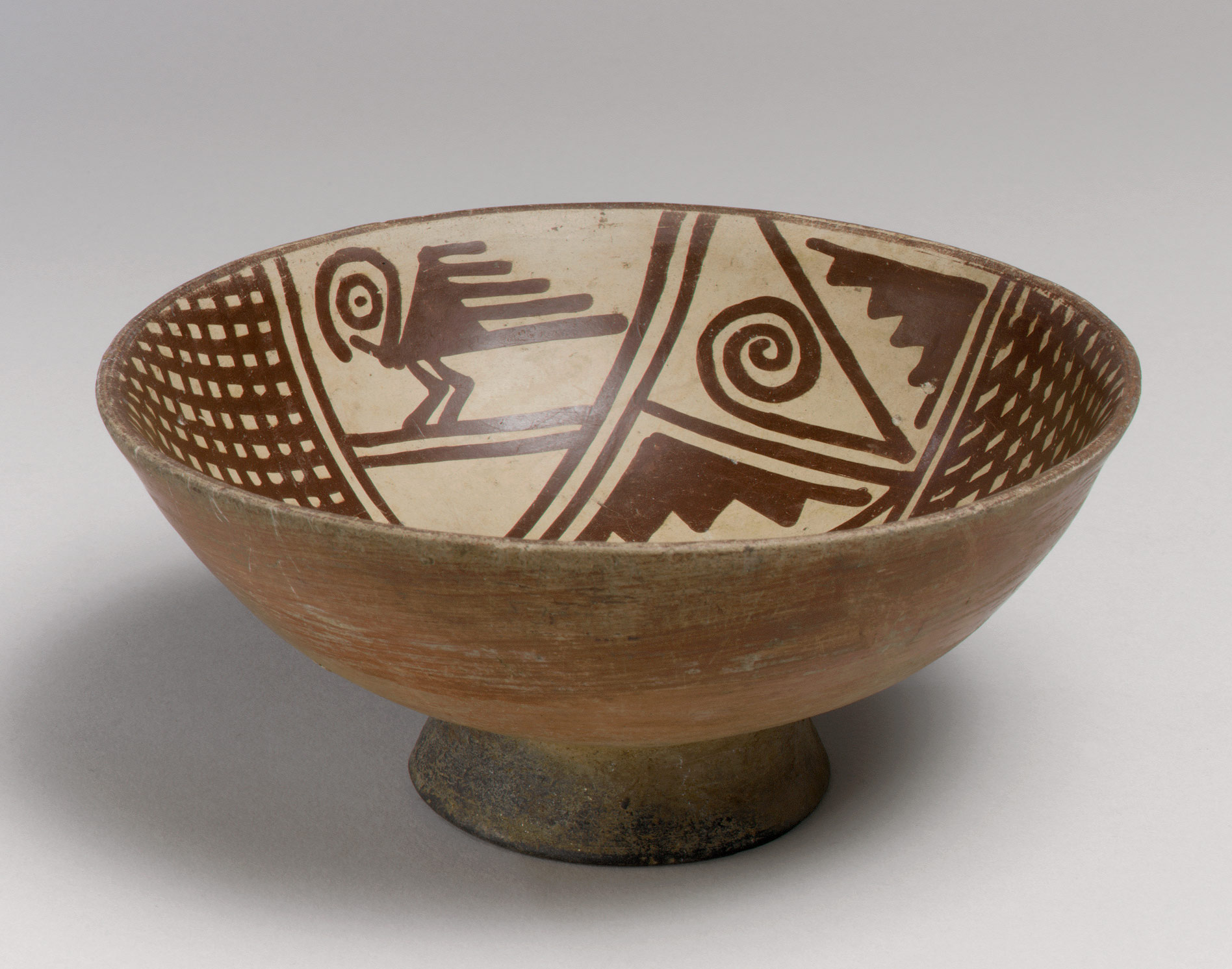Growing populations continue to live in hierarchically organized chiefdoms or small kingdoms. Class distinctions are between chiefs and their families, chiefs of lower rank, and commoners. Specialized artisans, religious specialists, merchants, and warriors form a separate class. Professional merchants are very active, traveling hundreds of miles to exchange cotton, tropical fruits, salt, gold, and copper. The wealthiest chiefdoms, and consequently the most important trading centers in Colombia, are in the Sierra Nevada de Santa Marta in the far north (Tairona peoples), the Sinú River area in the northwest (Zenú peoples), the highlands of the eastern Andes (Muisca peoples), and the middle Cauca River (Anserma, Quimbaya, Arma peoples) and upper Cauca River (Popayán, Pasto peoples). In Ecuador, the coastal Manteño peoples control long-distance sea trade. The Inca of Peru extend their empire into Ecuador, establishing administrative centers in the highlands, but do not succeed in conquering the coast. Decorated ceramics for ritual use and burial continue to be made by many groups. Large quantities of ceramic spindle whorls, and flat and cylinder stamps with delicate incised or carved designs, are evidence of widespread textile production. Tumbaga, a gold-copper alloy, and semi-precious stones are widely used for the manufacture of ornaments and luxury items.
After 1500, the Spaniards, sailing the Caribbean and Pacific coasts of Colombia, establish the coastal towns of Santa Marta and Cartagena. Anticipating prodigious amounts of gold and other treasures, expeditions to the interior begin, with immediate and systematic looting of burials. The conquest of Colombia and Ecuador is accomplished swiftly due to the devastating effects of European diseases on native populations. Relatively few battles take place. The indigenous population of the coastal regions is reduced by as much as 90 percent. Highland peoples resist Spanish domination and survive in small numbers for decades, most eventually dying out. Colonial rule and forced conversion to Catholicism abruptly cut off indigenous traditions. Newly established art schools—usually part of monasteries—instruct native artists in European aesthetics and culture. Indigenous painters and sculptors alike work from European models such as imported prints. New native interpretations include details of local flora, fauna, landscape, and dress.
